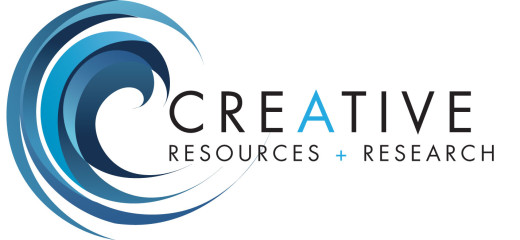The Art of Proofreading: Essential Tips for Fine-tuning Your Grant Proposal
When it comes to grant writing, you’ve done your research, crafted a strong narrative, and polished your proposal to a shine. But wait! Before you hit that final “submit” button, there’s one more crucial step to ensure success: proofreading. A well-written grant proposal with a clear and concise message may be the key to securing funding, but overlooking minor errors can leave a negative impression on potential funders. In this blog post, we’ll share some essential tips for proofreading your grant proposal that will give it the edge it needs to stand out from the competition.
Tip #1: Take a break
Before you launch into proofreading, take a short break. Give your eyes and mind some time to rest before critically examining your proposal. When you return to the document, you’ll be better equipped to spot any errors your brain may have previously overlooked due to familiarity.
Tip #2: Read it aloud
Sometimes what sounds fine in our head simply doesn’t translate well on paper. Reading your proposal aloud can help you identify awkward phrasing, run-on sentences, and other inconsistencies. This practice helps you notice if the sentence structure flows well and if the message you’re trying to convey is clear and concise.
Tip #3: Check for consistency
Make sure that your formatting and style are consistent throughout the entire proposal. This includes font style and size, heading structures, numbering and bullet points, and any other design elements that contribute to the overall appearance of your grant proposal. Consistency shows attention to detail and professionalism.
Tip #4: Enlist a second pair of eyes
Even the most seasoned writers can miss errors in their own writing. Enlist the help of a trusted colleague or friend to review your proposal. Fresh eyes can spot typos, inconsistencies, and areas that may need clarification. By leveraging their unique expertise, they might even provide additional valuable insights.
Tip #5: Use technology to your advantage
Though you should never solely rely on technology as your proofreading tool, online grammar checkers, spell-check software, and other digital tools can help flag potential errors that may have been overlooked. Just remember that these tools cannot account for context or perfectly understand the nuances of language, so always review their suggestions critically.
Tip #6: Double-check data and facts
Accuracy is key when incorporating data and facts into your grant proposal. Reread your statistics, calculations, and other figures to ensure their accuracy. Additionally, double-check the proper citation of sources and verify that all hyperlinks work correctly.
Tip #7: Set a deadline for completion
Proofreading can feel endless if you don’t allocate a specific timeframe for the task. Set a deadline for when you’ll complete the proofreading process and stick to it. This way, you’ll avoid over-editing and maintain momentum towards submitting your proposal.
Conclusion
While proofreading may seem like a tedious final step, it is absolutely necessary to ensure a polished and professional grant proposal. By following these seven tips, you’ll boost the quality of your submission, maximizing your chances of success in the competitive world of grant funding. Remember, it’s not just about what you say, but also how you say it that can make all the difference.
Want to know more about making grant proposals?




